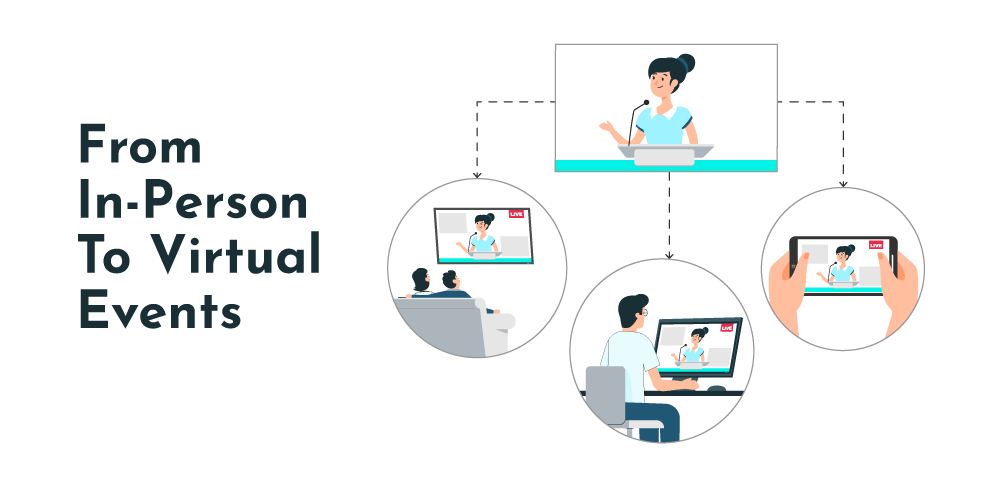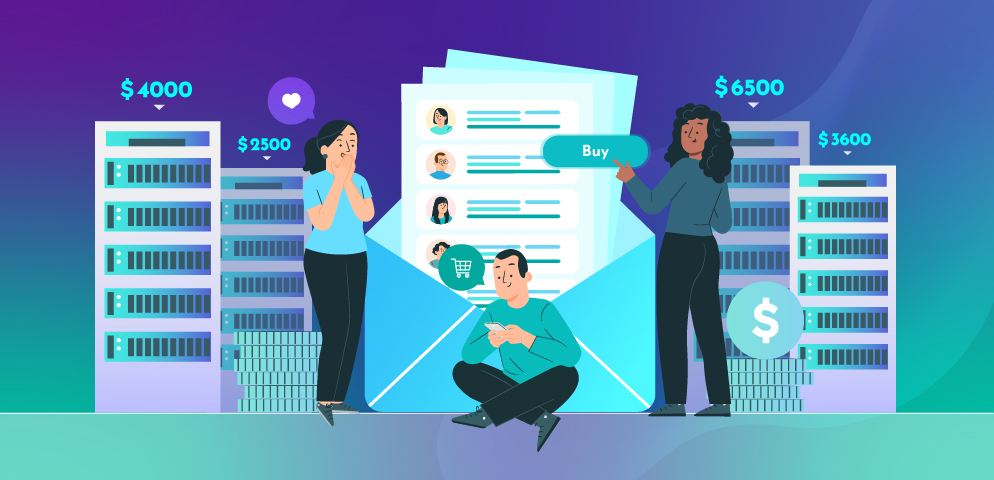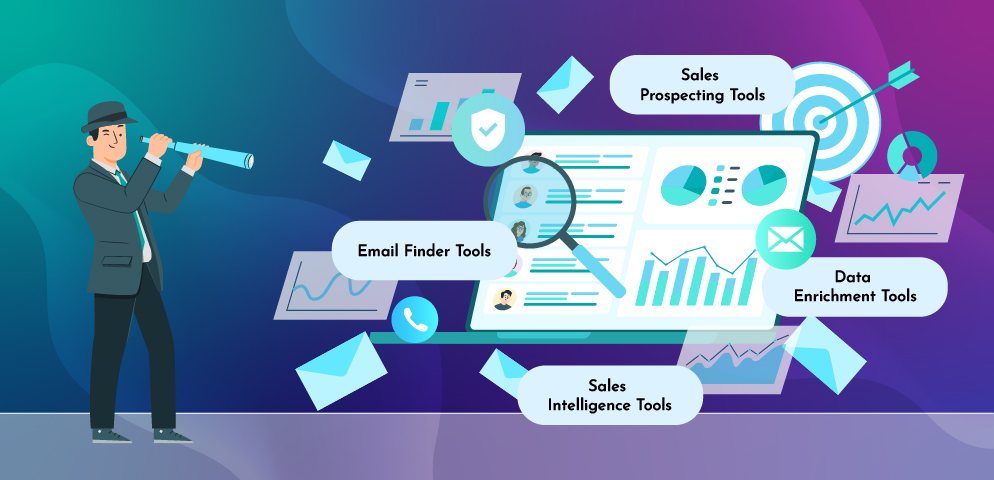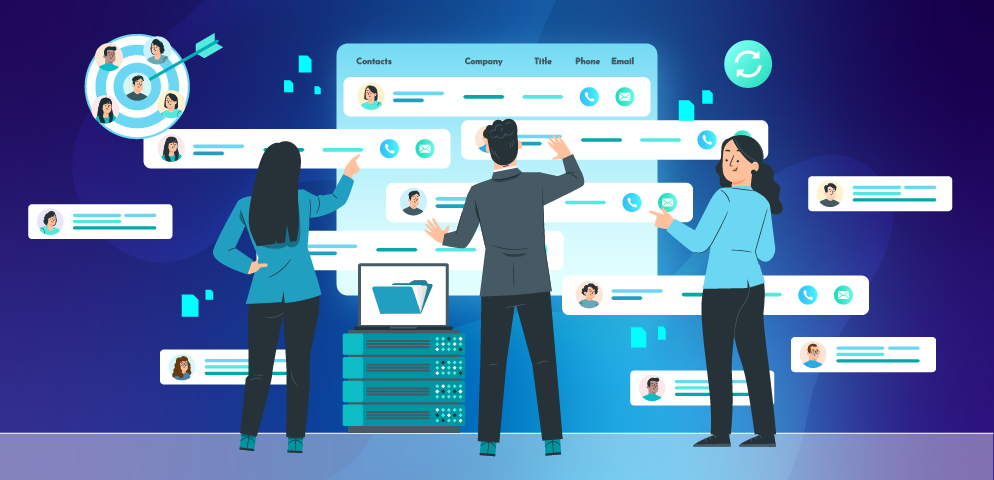
Making a Successful Transition to Virtual Events
There’s no doubt that event organizations around the world have changed the way they function, starting with the entire staff working from home. But one major problem this industry has to deal with is the postponing of all or most events. As we discussed in the previous post, a lot of organizations have begun transitioning to virtual events and have seen good success. Technology has helped Livestream engaging events, and audiences who can’t or don’t wish to travel have been welcoming this option. In this post, we will discuss the ways in which any organization can easily transition to this new approach with ease.
A virtual event relies on content, technology, and data, with strategy and planning. We need to translate the value of face-to-face interaction as much as possible to the virtual space. By being equipped with the right tools and techniques, you will be able to create an engaging and rewarding experience.
What are the various types of virtual events you can choose to conduct?
Webinars – In a webinar, one or more speakers present the content, while attendees from around the world participate. This requires video conferencing tools with the ability to hold a Q and A session and play a prerecorded video, which can later be available on demand. Webinars have been used with success for educational purposes.
Virtual Conferences or Events – They can be online, multi-session events, along with keynote presentations, breakouts, interactive features, etc.
Hybrid Events – These are a combination of in-person and virtual events. This allows for accommodating fewer attendees at the venue, while providing the same content to those attending virtually, with the help of pre-recorded videos and webinars.
These are very useful when budgets are constrained, or when attendee accessibility is a problem, like in the current scenario of travel bans.
How do you ensure virtual events are a success?
Effective content plays a major role in event success. Presentations, keynote speeches, and webinars need to be engaging enough to keep the audience interested.
Marketing and promotions are very important for targeting the right audience, especially email marketing can create demand for an event and increase registrations. For this, you need the right delegate data, as well as lists of speakers and sponsors. Accurate databases will help you target the right attendees and ensure your marketing and sales budget is used effectively.
Finally, you need to measure engagement and capture attendee data. This will give you enough intelligence to plan future events, and check your ROI. You must remember that you won’t be able to generate leads onsite, but data can be gathered virtually so that follow-ups and sales meetings can happen soon after the event.
Looking at data collected after the event helps you understand your audience better, reach out to them more effectively, and target lookalike audiences.
The right use of technology, planning, and data both before and after the event, can help in creating a successful event during the rest of this year, and into the future. Virtual events will always be a great way to cut costs and get around travel constraints while providing almost all the benefits of in-person events.
How Much Does It Cost to Buy an Email List?
[dsm_perspective_image src="https://www.ascentrik.com/wp-content/uploads/2023/04/blog-feb-2023.jpg" alt="cost of email databases" title_text="Buy b2b email list" align="center" force_fullwidth="on" _builder_version="4.25.1" _module_preset="default" width="80%"...
Your best email finder tool for marketing and sales teams
[dsm_perspective_image src="https://www.ascentrik.com/wp-content/uploads/2023/03/Lead-List-Building-Tools.jpg" alt="evaluating b2b lead list building tools" title_text="Lead List Building Tools" align="center" force_fullwidth="on" _builder_version="4.20.0"...
Custom B2B Databases for Higher than Industry Standard Accuracy Rate
Discover the power of custom data solutions,built for highly targeted email outreachPublished on 3rd January,2023 Last Updated on 28th March,2025 Why custom b2b databases provide higher value and ROI than standard dataHow are custom b2b databases different?...


